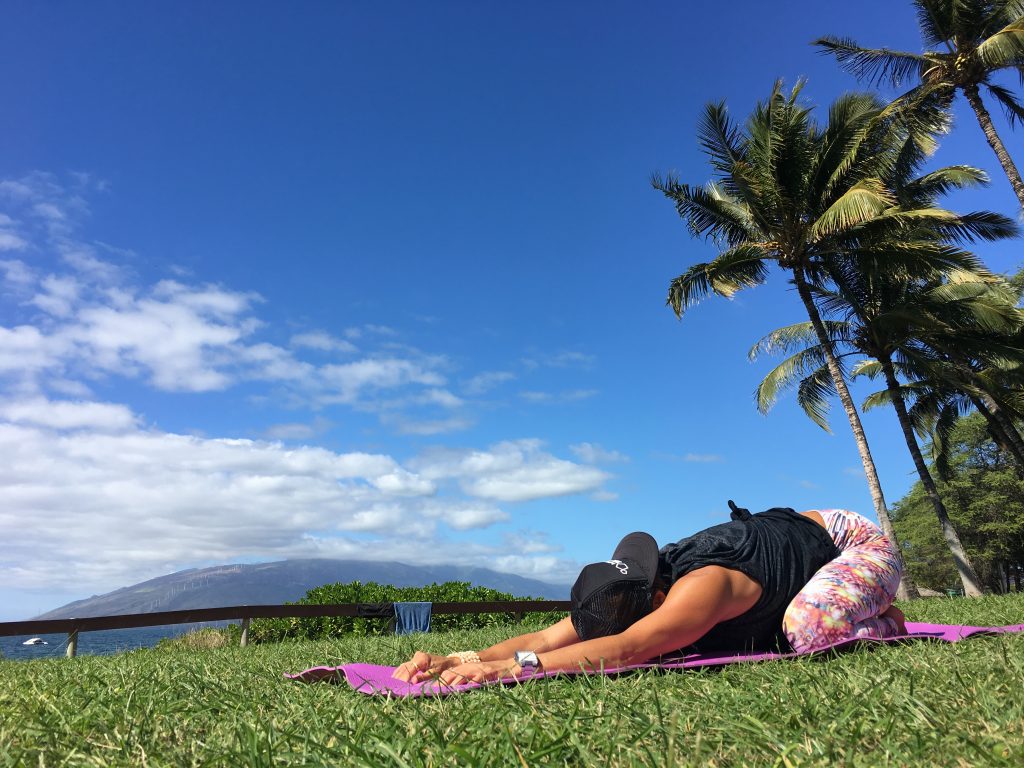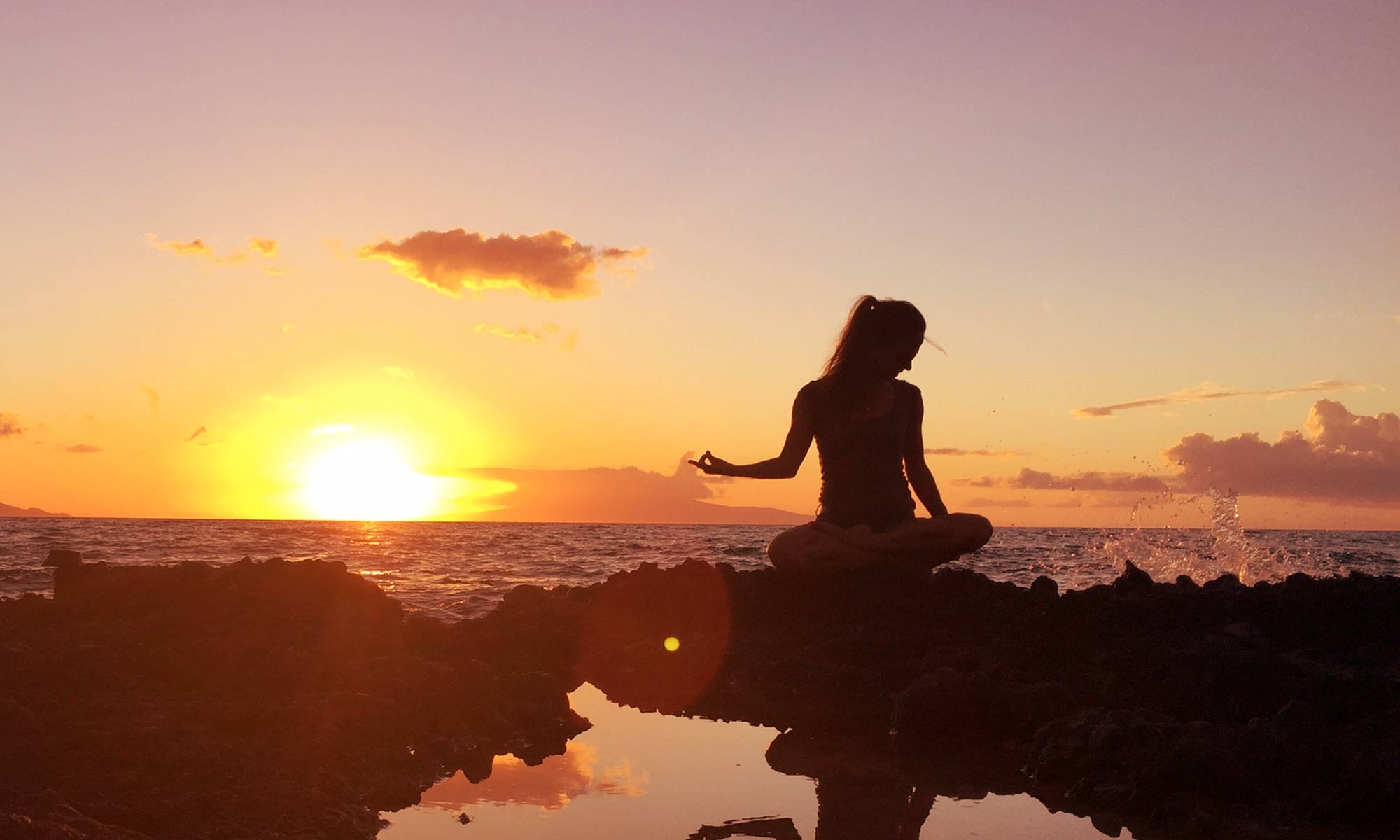Balasana is a posture in Yoga with many benefits. The most profound benefit of the posture is the physiological calming down of the central nervous system. This is beneficial for calming down, refocusing, and relaxing. Anatomically, this asana gently and passively stretches the back of the body, thighs, and hips while it softens the front body. Physiologically, it also aids in digestion while deep breathing is maintained in the posture or asana.
To perform Balasana simply come to all fours with your knees under your hips and your hands under your shoulders. Next, engage your big toes together setting yourself up to sit back into your heels with your ankles and knees aligned safely. With your toes touching gently sit back into your heels while softening the arms and outstretching them in front of you. Keeping the toes together provides safety for the knee and ankle joints. As long as the toes are touching you can widen your knees as much as you would like although, it is beneficial to keep part or your rib cage resting on your inner legs as this provides maximum stability. Gently rest the center of your forehead into the earth. If the center of your forehead does not naturally meet the earth then simply make a bridge for your head with your hands and rest your head in your hands. You can make fists and stack them one on top of the other to create a taller bridge if you need.
While you are released in the asana begin to breath deeply into your nose focusing the breath all the way down into your lower abdomen on the inhale and fully out on the exhale either through the nose or mouth. Deep breathing will maximize the physiological benefits of the asana. Breath in… breathe out… inhale…exhale.



